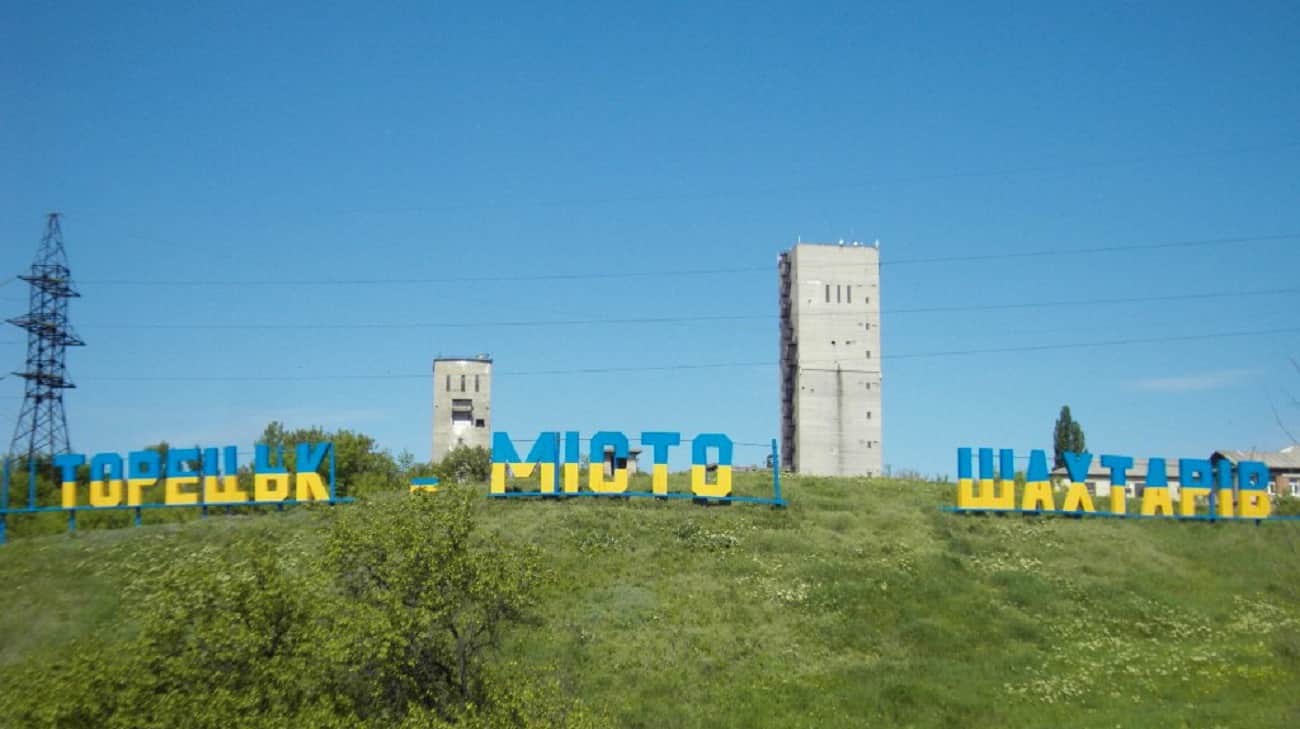“Experts at the Institute for the Study of War (ISW) believe that Russian forces will likely focus on capturing front-line Ukrainian cities in the winter of 2024-2025 and on urban battles, trying to neutralize the advantages of Ukrainian drones and the possible limitations of Russian armored vehicles.”, — write: www.pravda.com.ua
Experts at the Institute for the Study of War (ISW) believe that Russian forces will likely focus on capturing front-line Ukrainian cities in the winter of 2024-2025 and on urban battles, trying to neutralize the advantages of Ukrainian drones and the possible limitations of Russian armored vehicles.
Source: ISW
Details: Mykhailo Zvinchuk, the Kremlin-awarded founder and director of the famous Telegram channel, said in an interview with the Russian-language diaspora channel RTVI on November 16 that Russian troops will try to concentrate combat operations in “populated areas, not in open fields” in the winter of 2024-25, and cited Toretsk , Pokrovsk and Kurakhove as examples of cities where Russia will prioritize its offensive this winter.
Zvinchuk claimed that Russian troops were preparing to begin the battle for Pokrovsk and would approach Pokrovsk from the south and southeast.
ISW analysts emphasized that Zvinchuk is a well-known voice in the Russian information space, has ties to the Kremlin and may have inside information about Russia’s goals on the front and the campaign plan.
Literally: “Russian troops have recently advanced into the eastern part of Kupyansk and the central part of Chasovoy Yar, and such an advance may be part of a concerted effort to advance into frontline cities in preparation for offensive operations in the winter of 2024-2025.”
Details: ISW had previously assessed that the capture of Kupyansk or Chasovoy Yar would have a significant operational impact on the geometry of the front and threaten the main Ukrainian defensive positions in the respective directions, and the recent Russian advance towards these cities would put Ukrainian defenses in both directions at greater, but not immediate, risk .
Zvinchuk also claimed that the Russian military will also try to increase its combat capabilities in the winter, in particular, the capabilities of Russian drones because of the importance of the “drone war”.
Zvinchuk noted that Russian troops have an artillery advantage over Ukrainian troops, but currently Russian troops cannot advance due to Ukrainian drones. Zvinchuk suggested that better prepared and equipped troops would be able to more effectively oppose Ukrainian drone operators.
ISW has previously noted that Russia’s Ministry of Defense appears to be trying to centralize control of Russia’s unofficial drone units, and Zvinchuk’s comments likely relate to that effort, which is ongoing, and indicate that the Ministry of Defense may be looking to ramp up that effort this winter.
ISW recently assessed that Ukrainian drones continue to play a critical role in deterring Russian mechanized maneuver and prevent Russian forces from fully exploiting Ukraine’s manpower and logistical limitations.
The Russian military command may believe that urban combat is preferable to the current Russian style of infantry warfare, because high-rise buildings can provide Russian infantry with better cover from Ukrainian drone operatorsthan trees in the open area. The Russian military command may also prefer urban fighting to avoid the increased costs that advancing through rural fields and populated areas imposes on Russian armored vehicles and reserves.
ISW Key Findings for November 17:
- The New York Times and Washington Post reported that US President Joe Biden authorized Ukrainian troops to use US-provided missiles for limited strikes against Russian and North Korean military targets in the Kursk region.
- Russian forces damaged Ukrainian energy infrastructure during the largest missile and drone strike since August 2024 on the night of November 16-17.
- Russian forces continue to improve their long-range strike systems and likely included the relatively ineffective Kalibr sea-based cruise missiles in the Nov. 16-17 strike package as a decoy to distract and wear down Ukrainian air defenses.
- On the morning of November 17, Ukrainian troops struck a defense plant in the Udmurt Republic for the first time.
- North Korea reportedly continues to provide military support to Russia, including the provision of missile and artillery systems and the possible additional deployment of troops, which is likely to affect Russia’s military operations in the short term, but its long-term benefits remain limited.
- Russian forces will likely focus on capturing front-line Ukrainian cities in the winter of 2024-2025 through urban warfare, trying to offset the advantages of Ukrainian drones and the possible limitations of Russian armored vehicles.
- Russian leader Vladimir Putin’s maximalist goals of demanding Ukraine’s full surrender remain unchanged, but a prominent Kremlin-linked military blogger appears to be trying to reframe the Kremlin’s long-standing territorial claims to southern Ukraine into less rigid “peace proposals” that would actually pose a military threat for Ukraine, Moldova and NATO.
- Abkhaz oppositionists continued their protests on November 17, calling for the resignation of the de facto president of Abkhazia, Aslan Bzhaniya.
- Russian troops have recently advanced near Kupyansk, Chasovoy Yar, Kurakhovo and Vugledar.
- Russian military bloggers continued to applaud their role in eliminating the commanders of the advanced units of the 3rd Combined Arms Army (3 AK, formerly the 2nd Army Corps of the Luhansk People’s Republic [АК ЛНР]) after the commanders submitted false reports about the advance of Russian troops on the Seversky direction.
